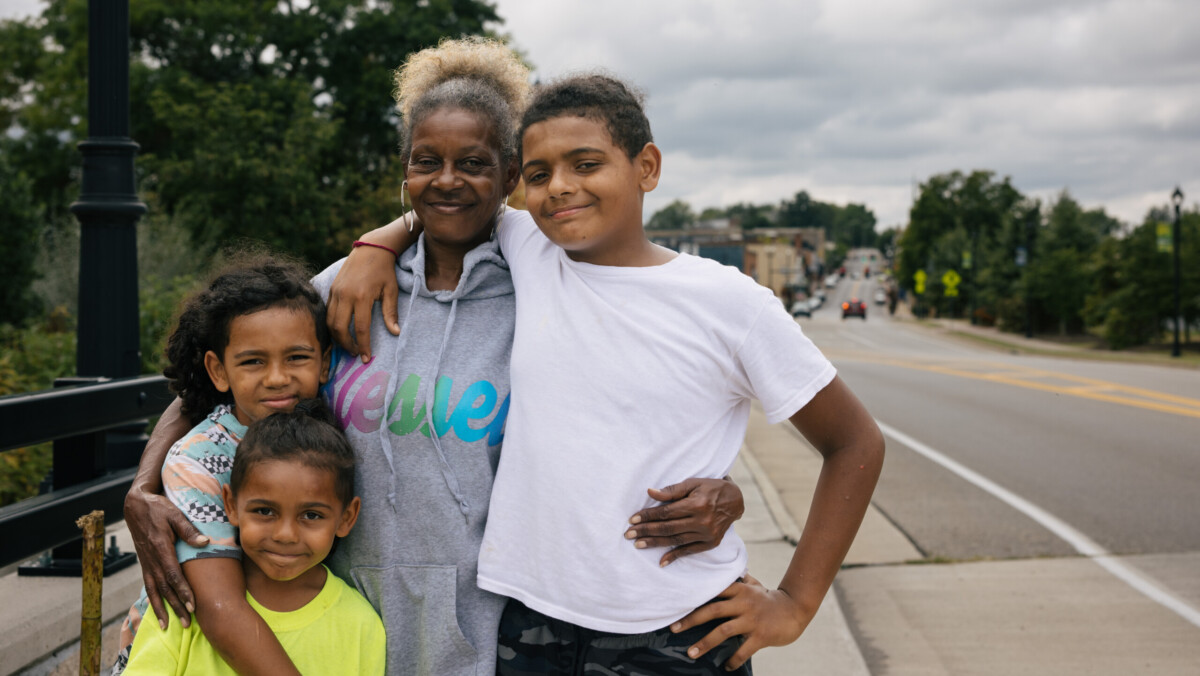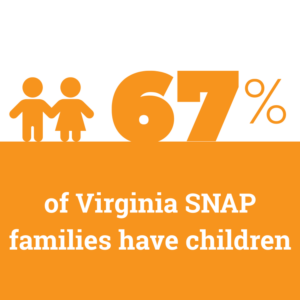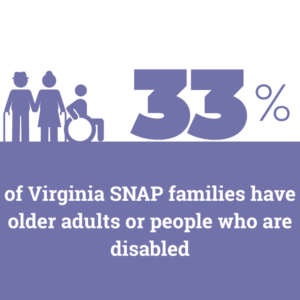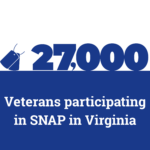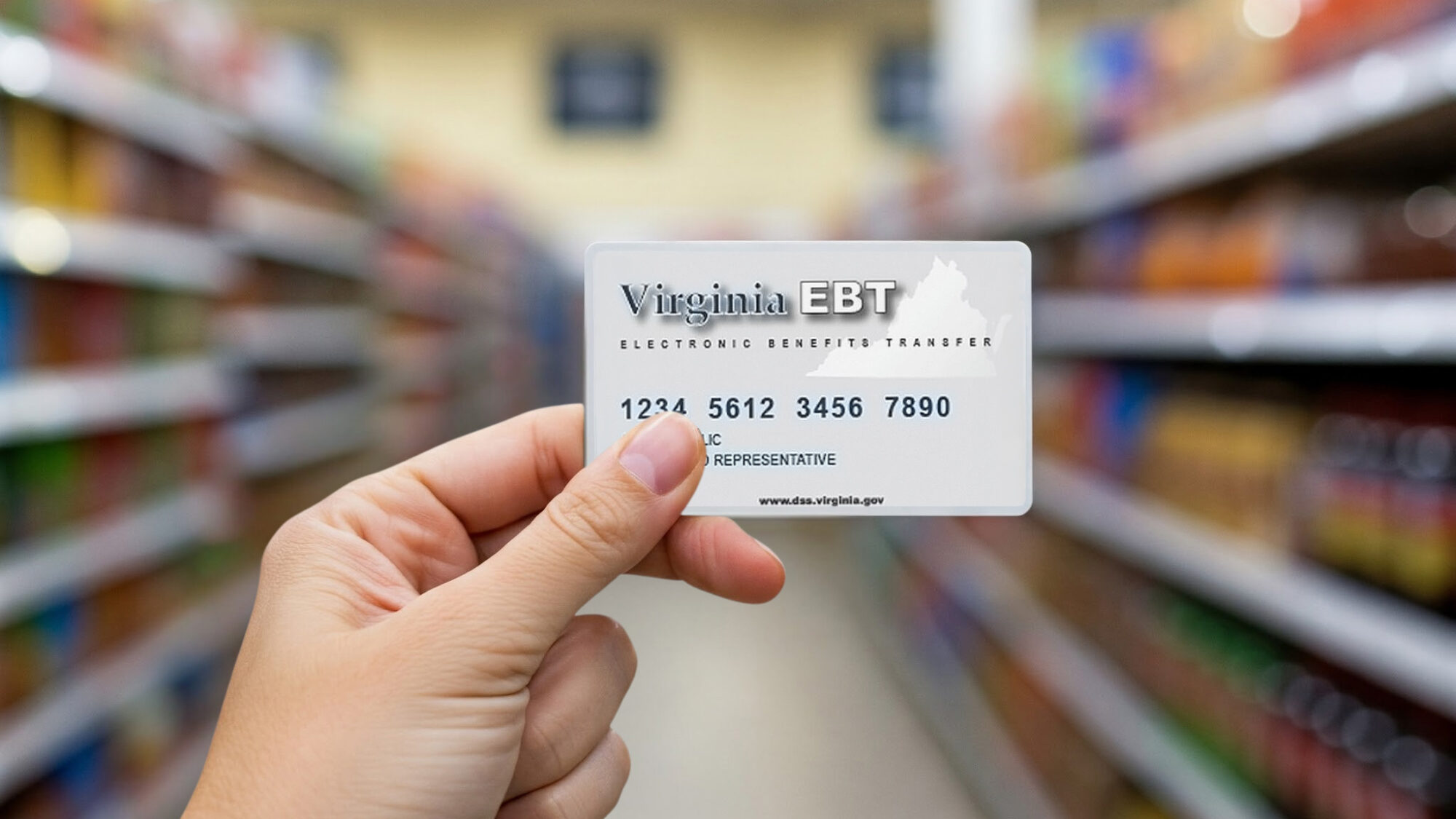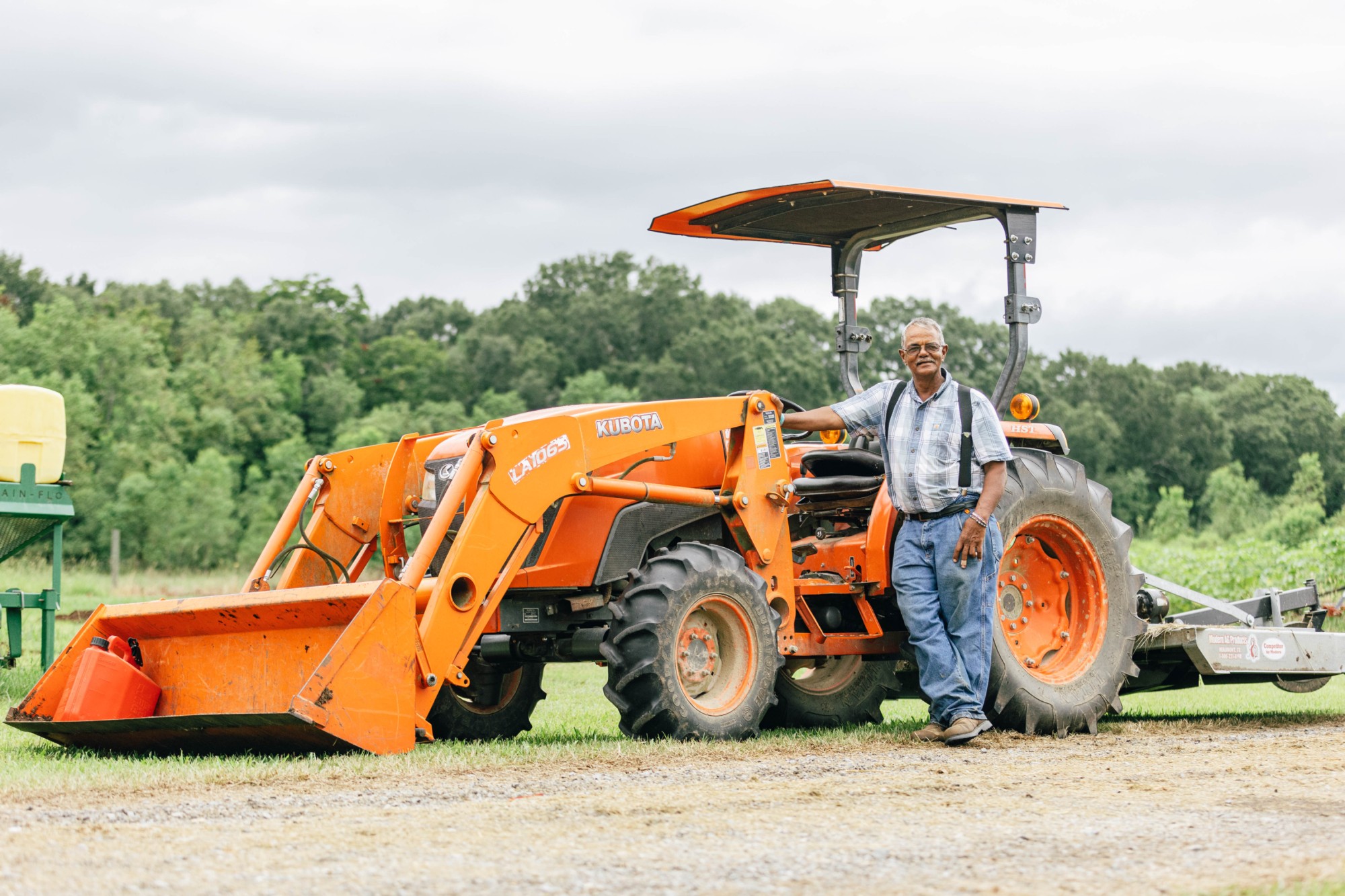Myth vs. fact
The SNAP cost-share debate
Myth: Cost-sharing with states can equitably balance federal and state responsibilities. An idea under discussion.
Fact: A SNAP cost-share would impose a double financial burden on Virginia:
- New state spending: Currently, the federal government covers all food benefit costs, while states only shoulder the administrative expenses. With cost-sharing, Virginia would need to fund a portion of SNAP benefits, adding strain to its budget.
- Reduced federal dollars: Virginia would lose federal dollars that would no longer flow back into local economies through SNAP benefits.
This double impact means less funding for counties and cities across Virginia, and greater challenges for our state budget.
Virginia example: A proposed 10% cost-share would create a $352 million gap in Virginia’s biennial budget, risking food insecurity for more than 800,000 Virginians who rely on SNAP.
Protecting SNAP is crucial for maintaining food security and avoiding economic strain. Cuts would not only hurt vulnerable households but also harm the Virginia economy.
Can the Food Bank fill the gap?
Myth: The charitable food assistance network (food banks, pantries, and programs) can easily fill the food gap if cuts to SNAP funding are approved in the farm bill.
Fact: The Blue Ridge Area Food Bank and our partners are currently distributing more than 31 million pounds of food (about 27 million meals) each year to more than 170,000 individuals per month. This is a historic high in our 43 years of food banking.
Even a 10% cut in SNAP funding in the upcoming farm bill would eliminate $25 million in SNAP dollars for individuals across the Food Bank’s service area. This means 6 million lost meals for our neighbors and could mean that the Food Bank needs to source and distribute 22% more food than we currently do. It’s untenable.
Protecting SNAP is critical to protecting the capacity and resiliency of the Food Bank’s network, while supporting financial stability for thousands of people across our region

